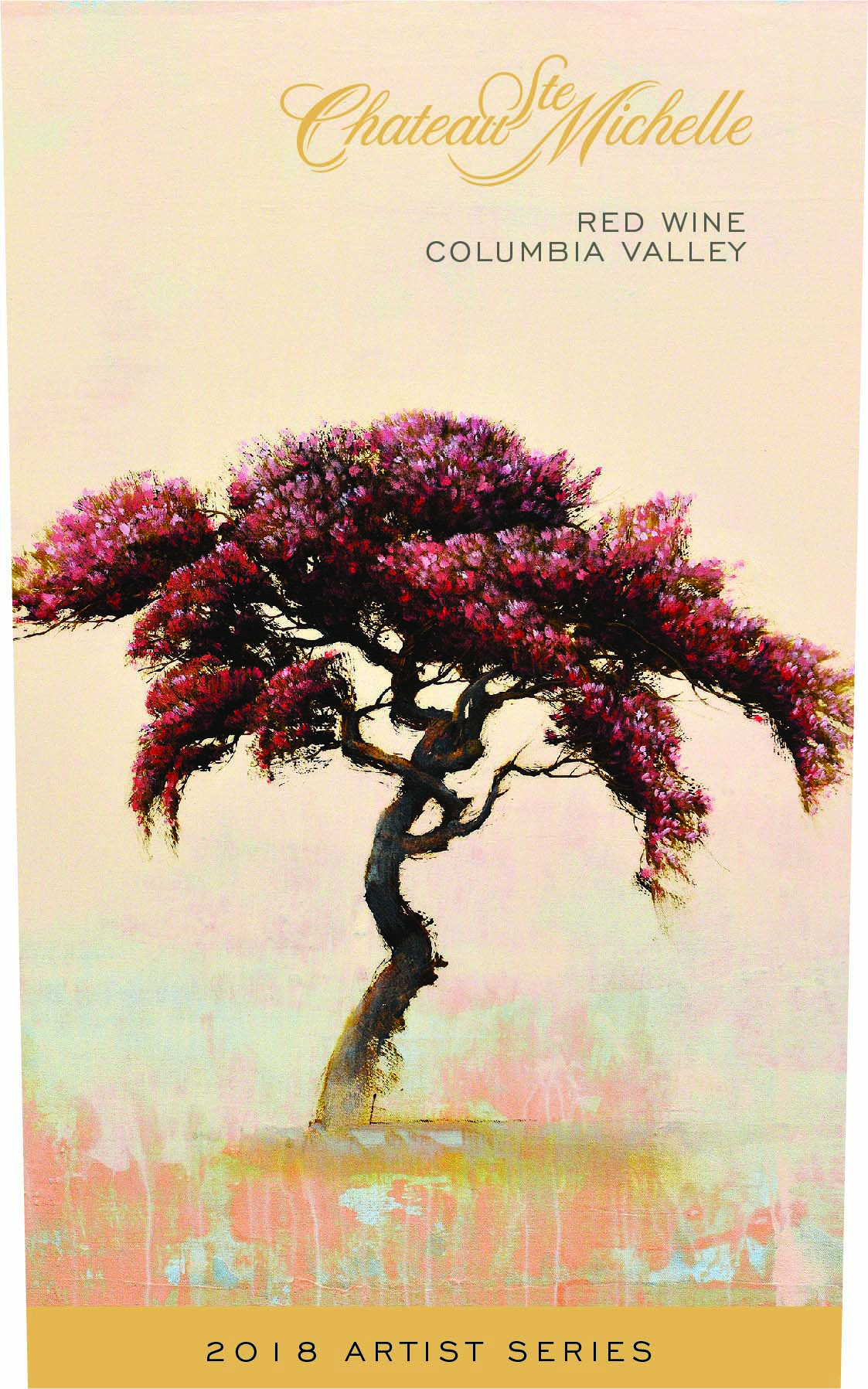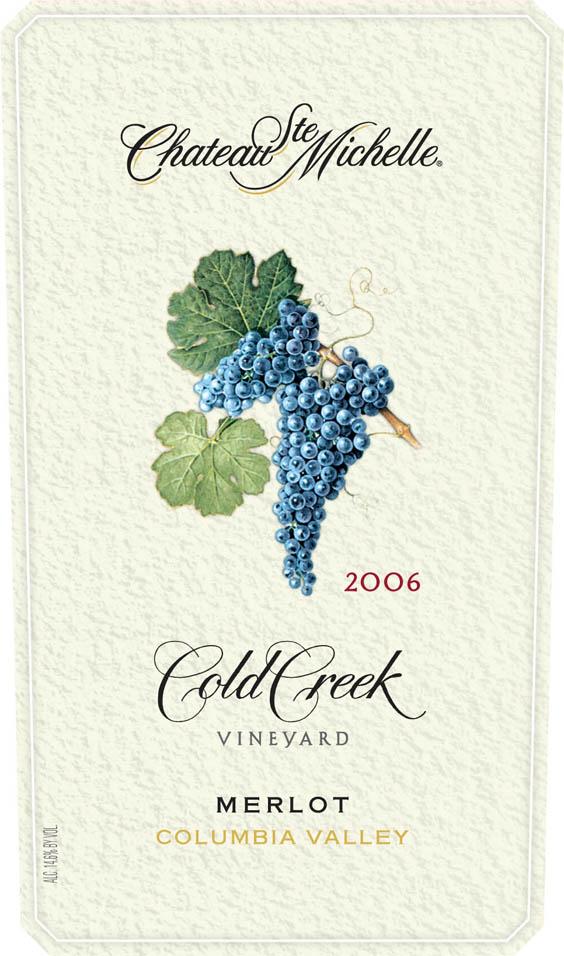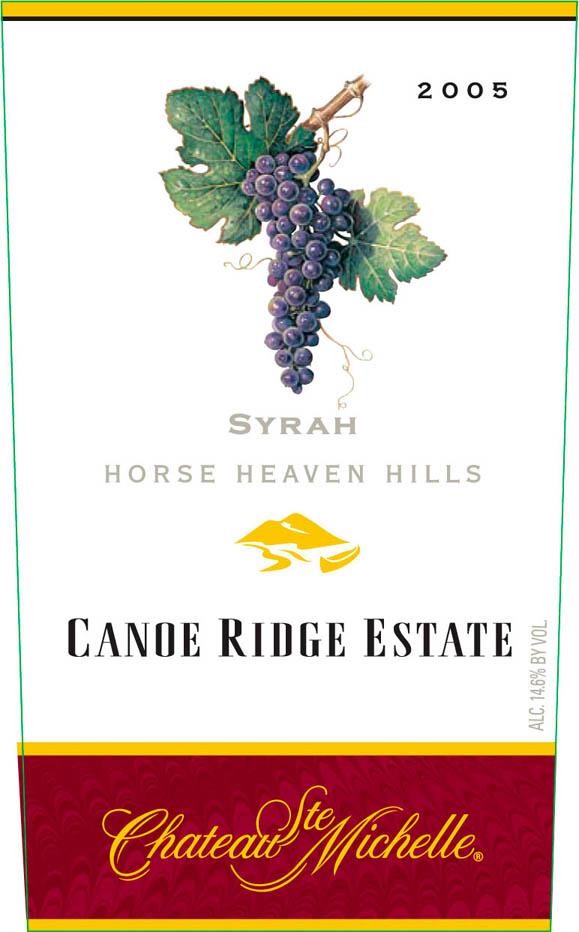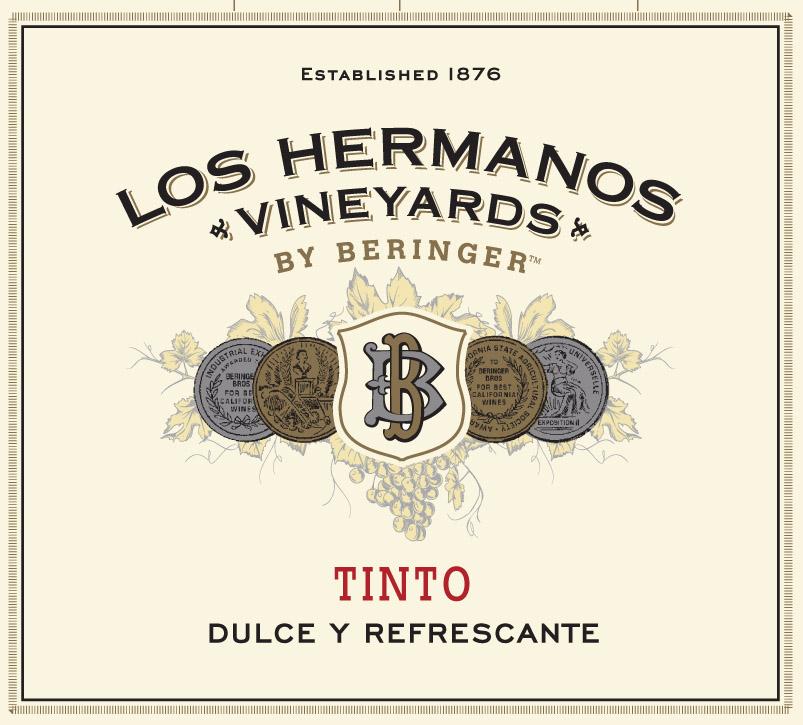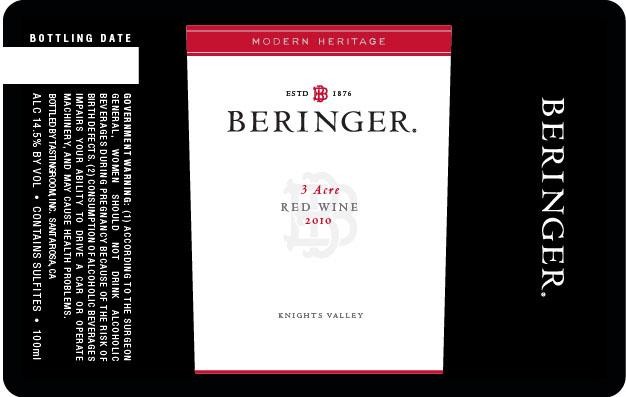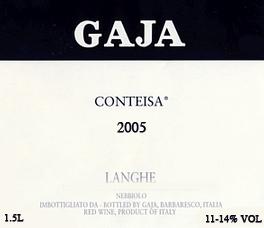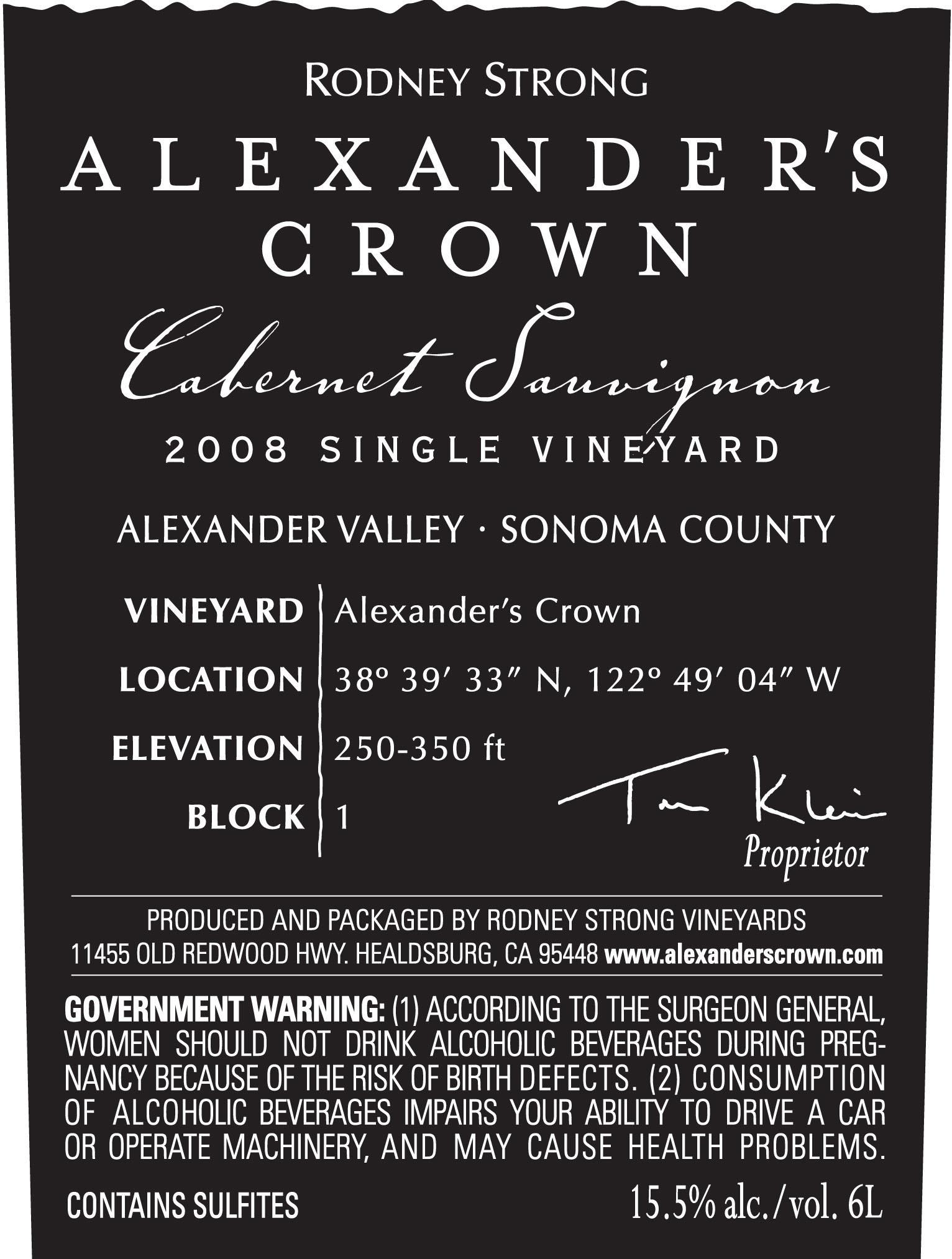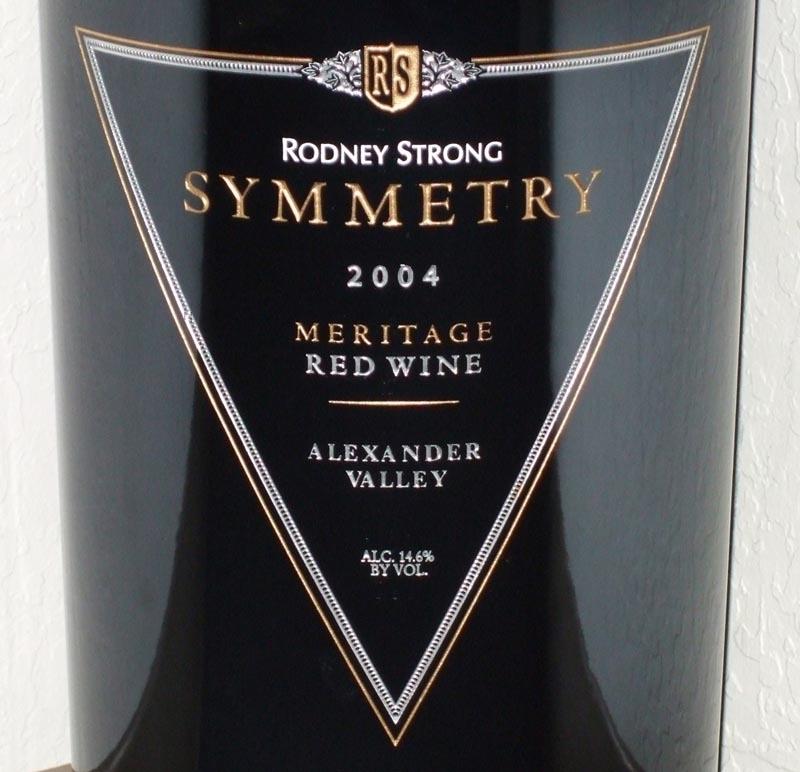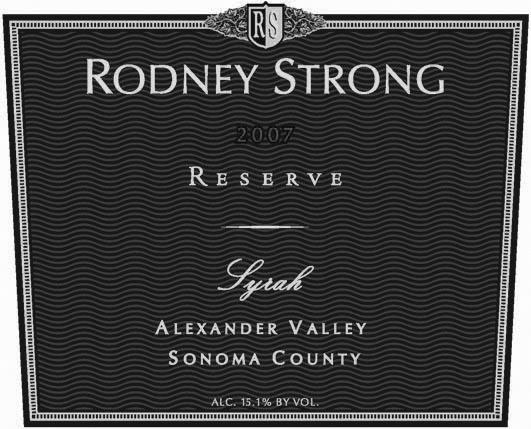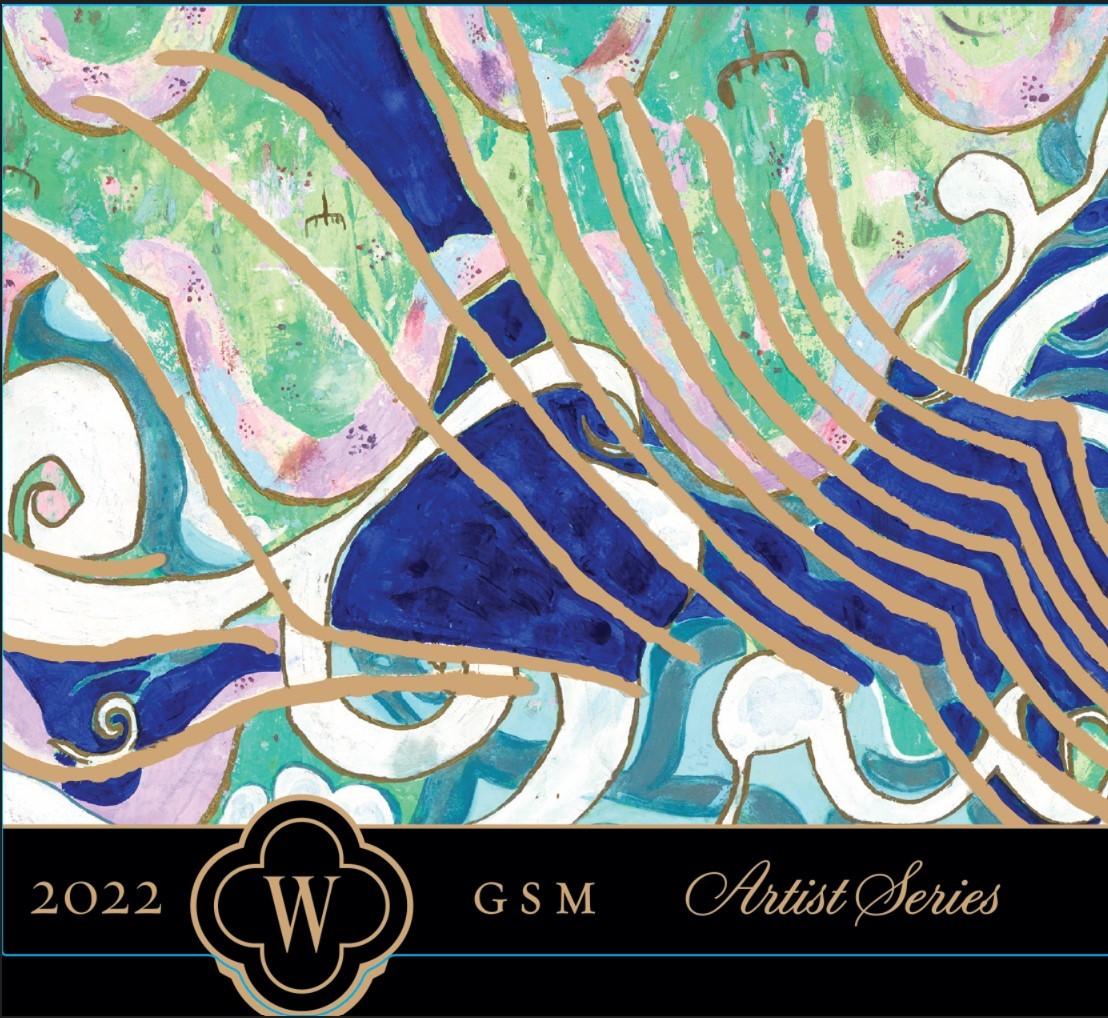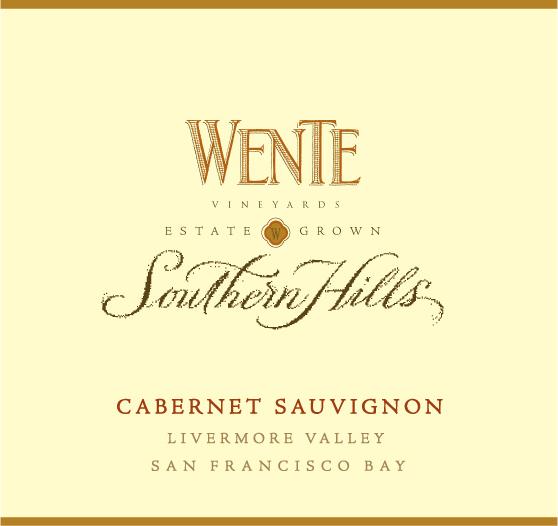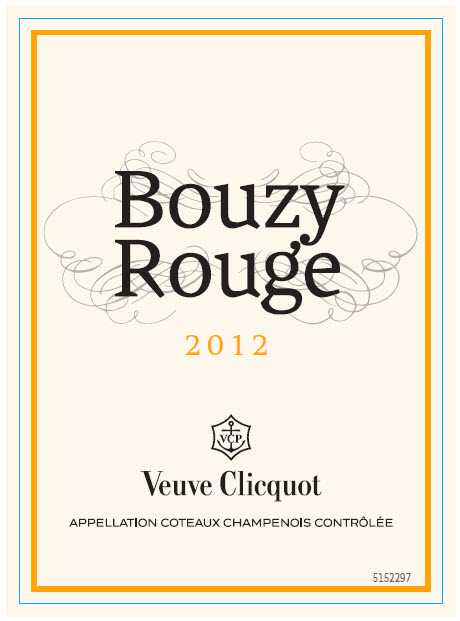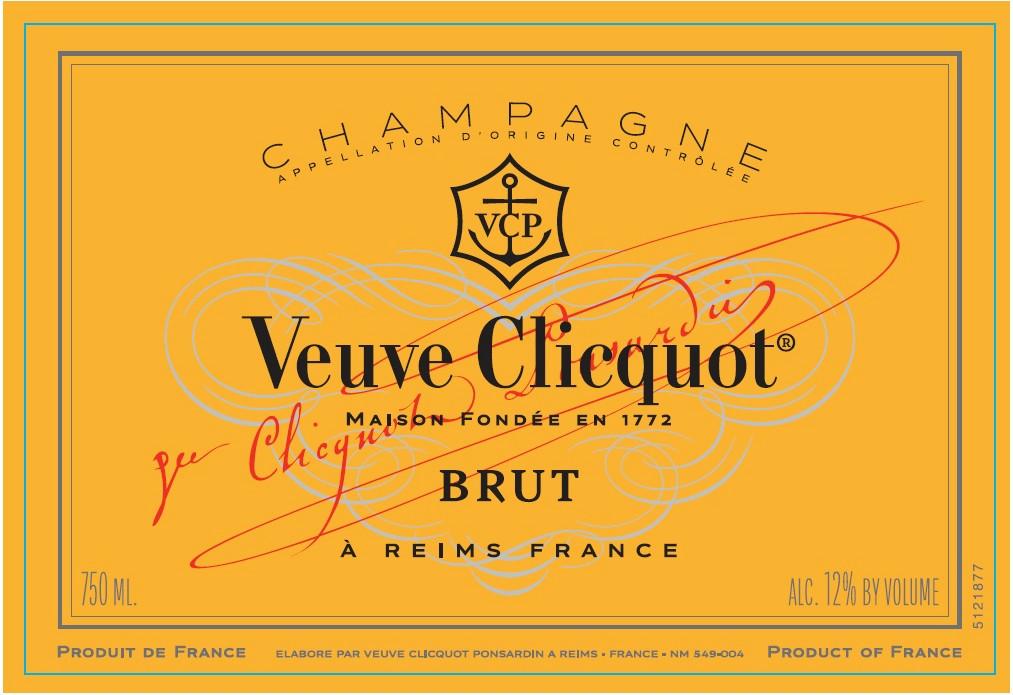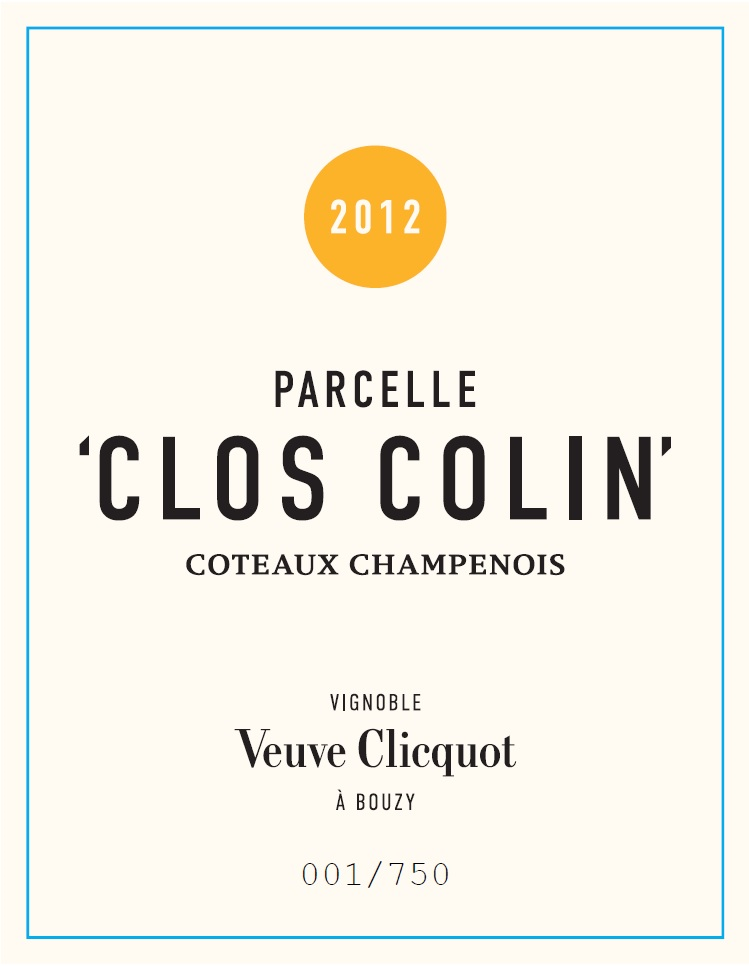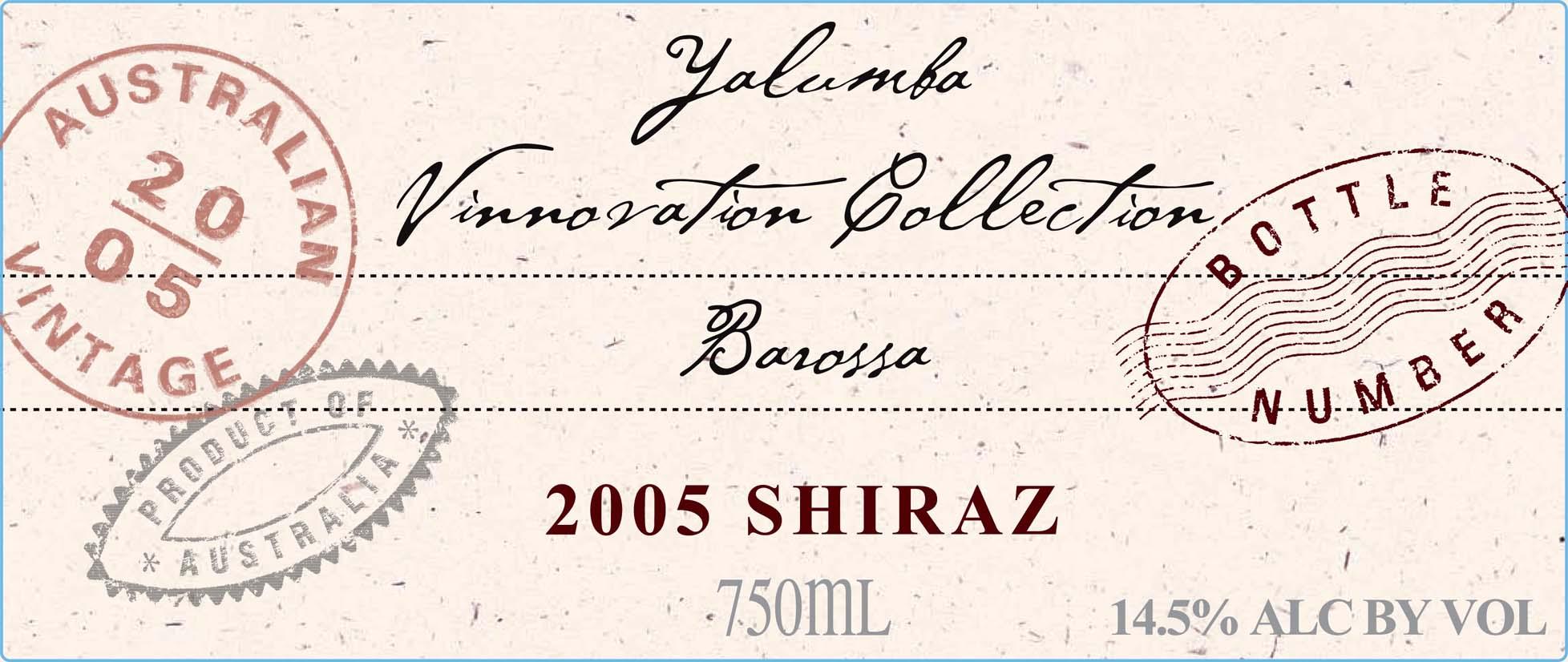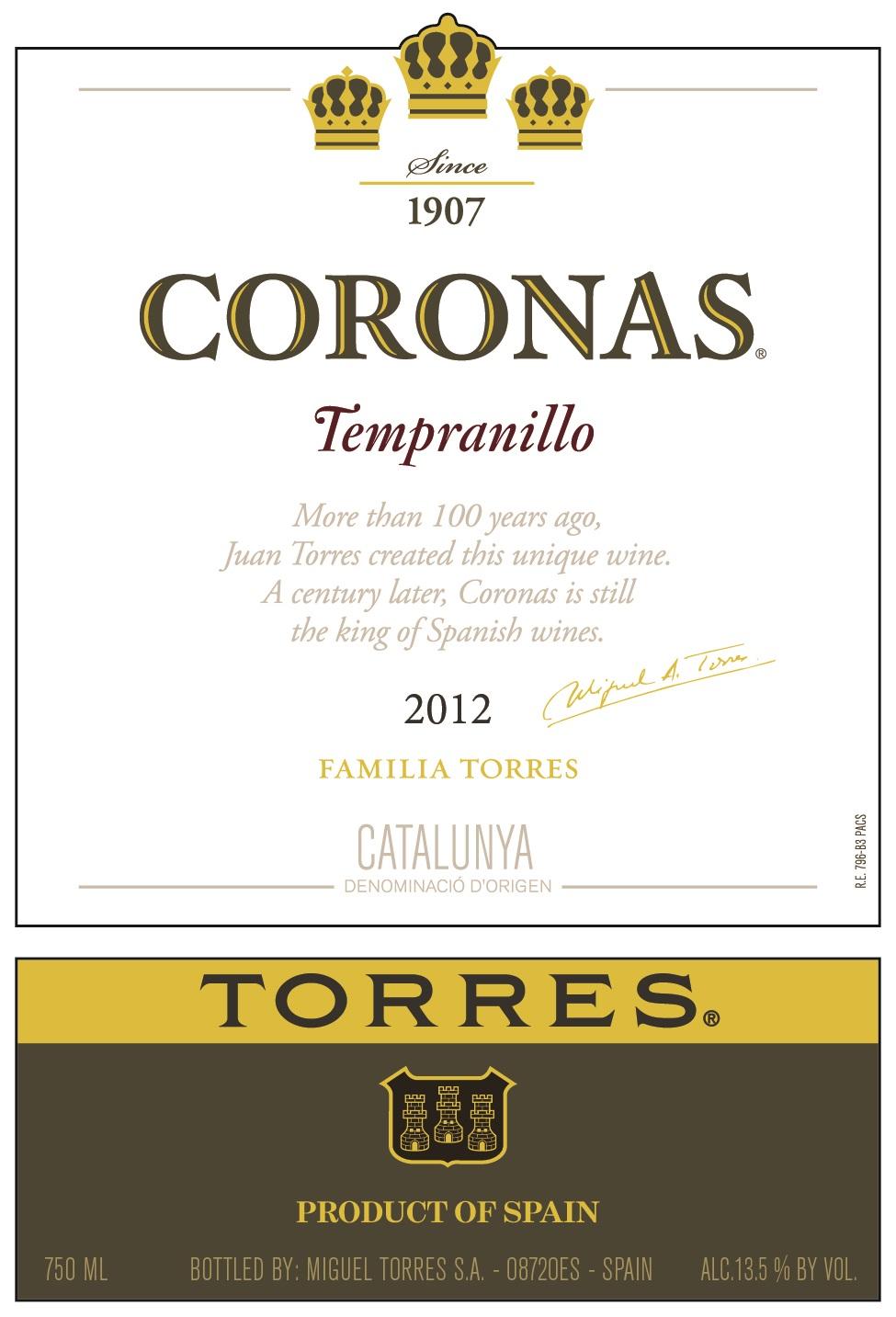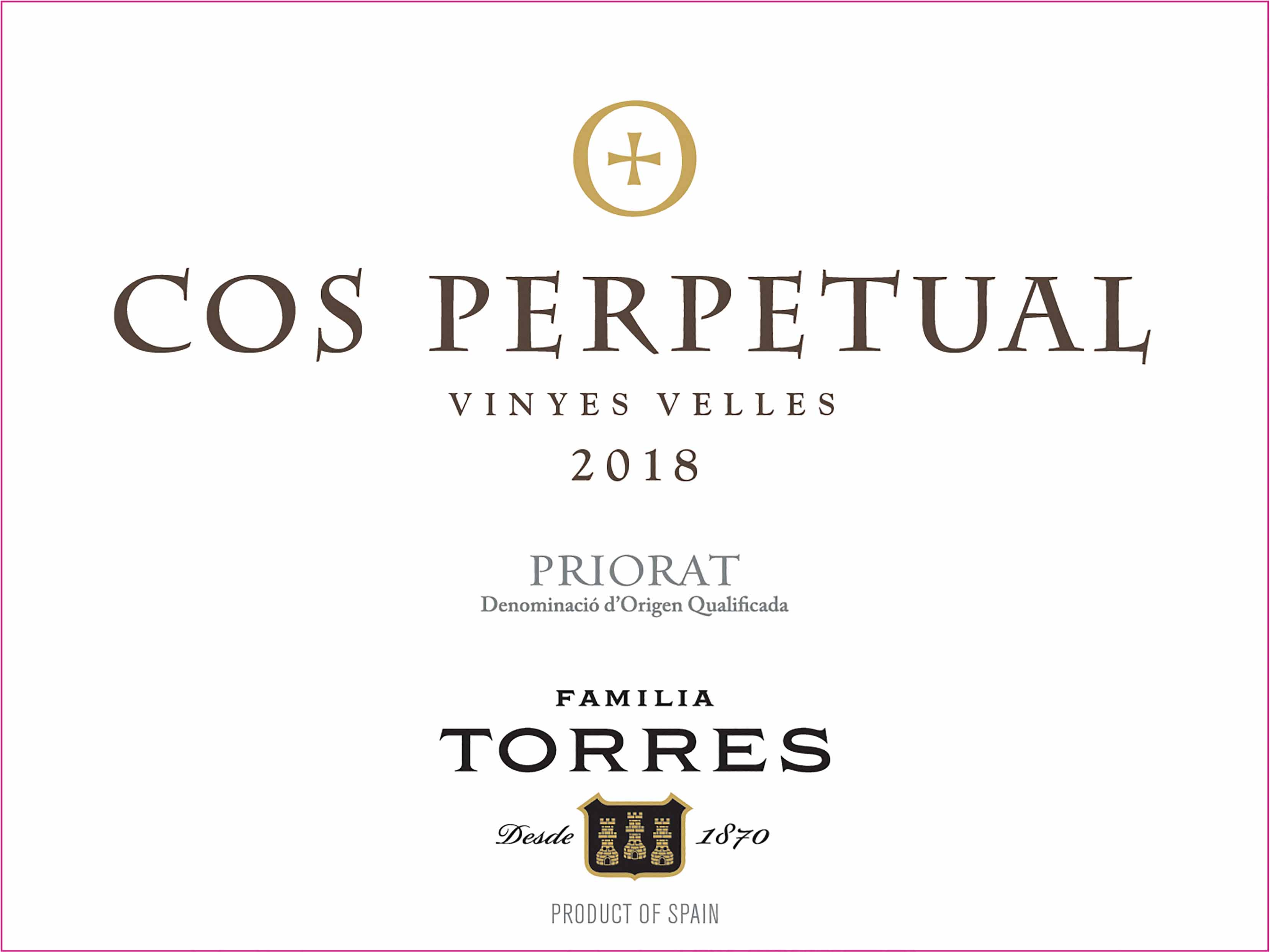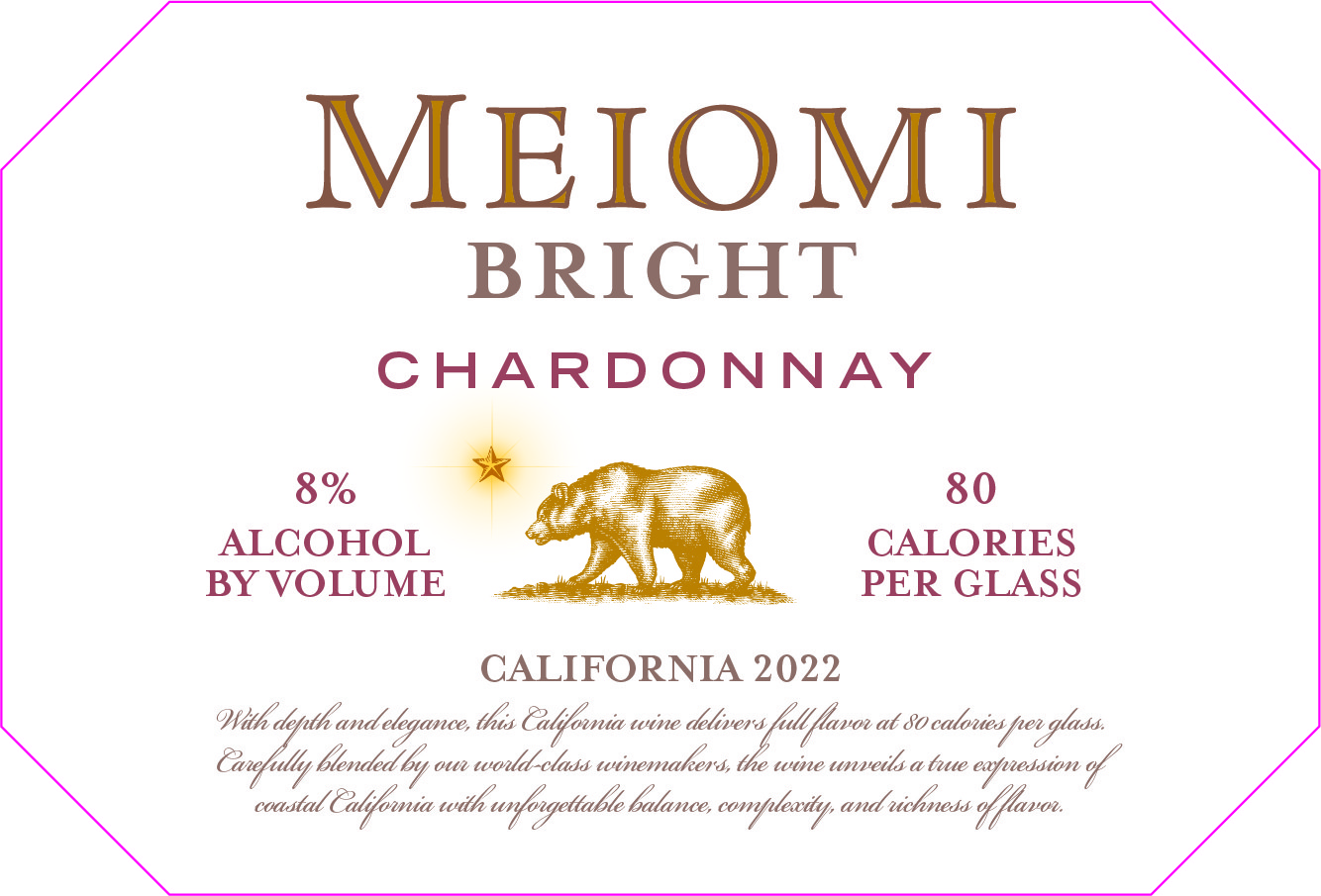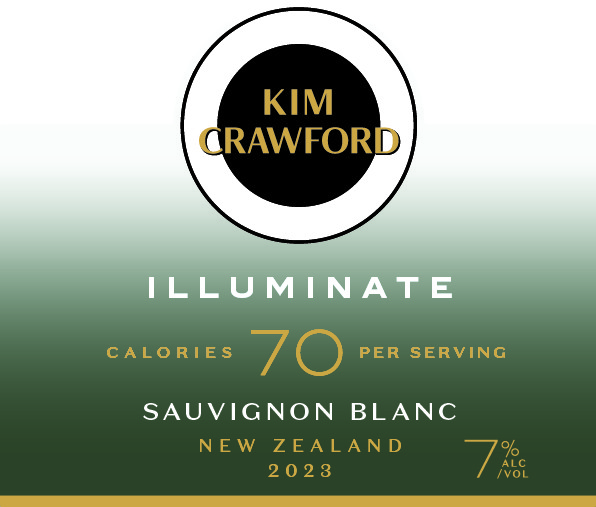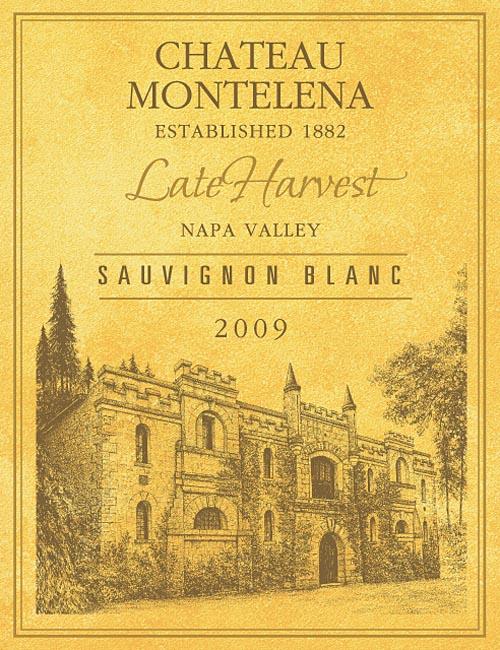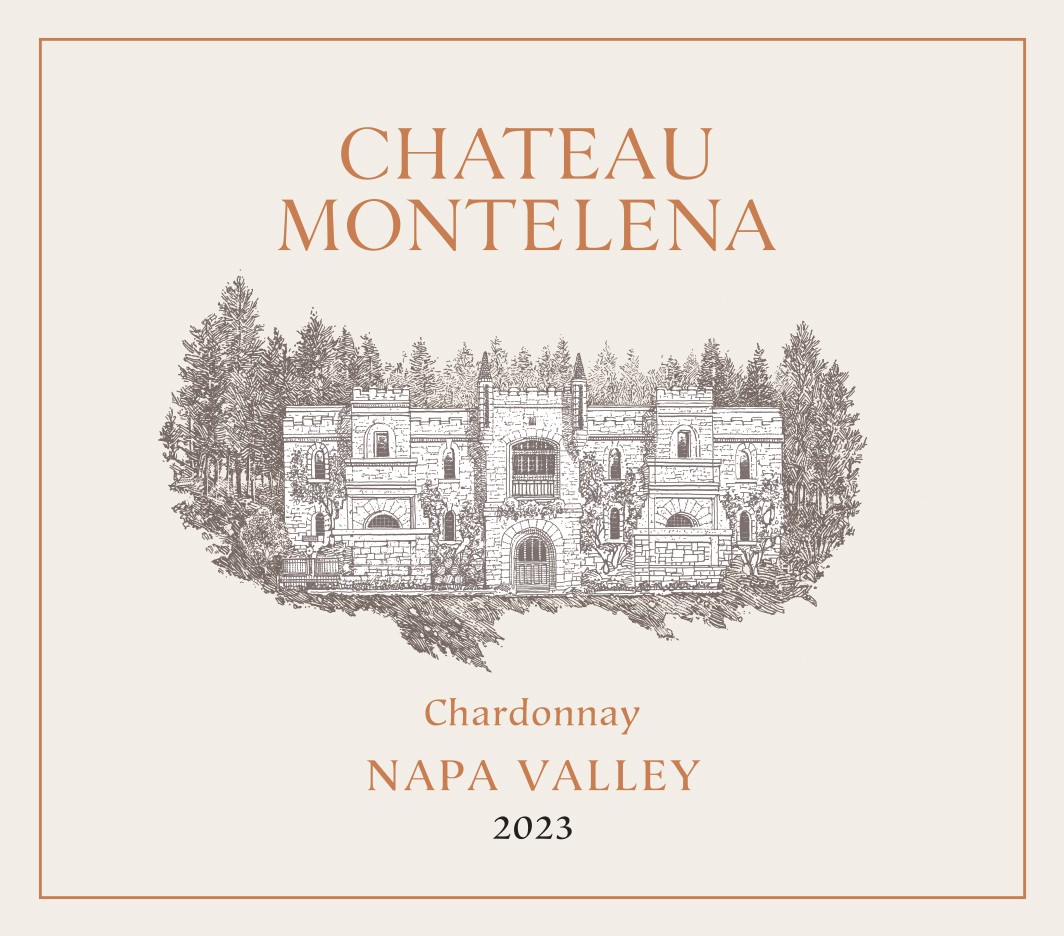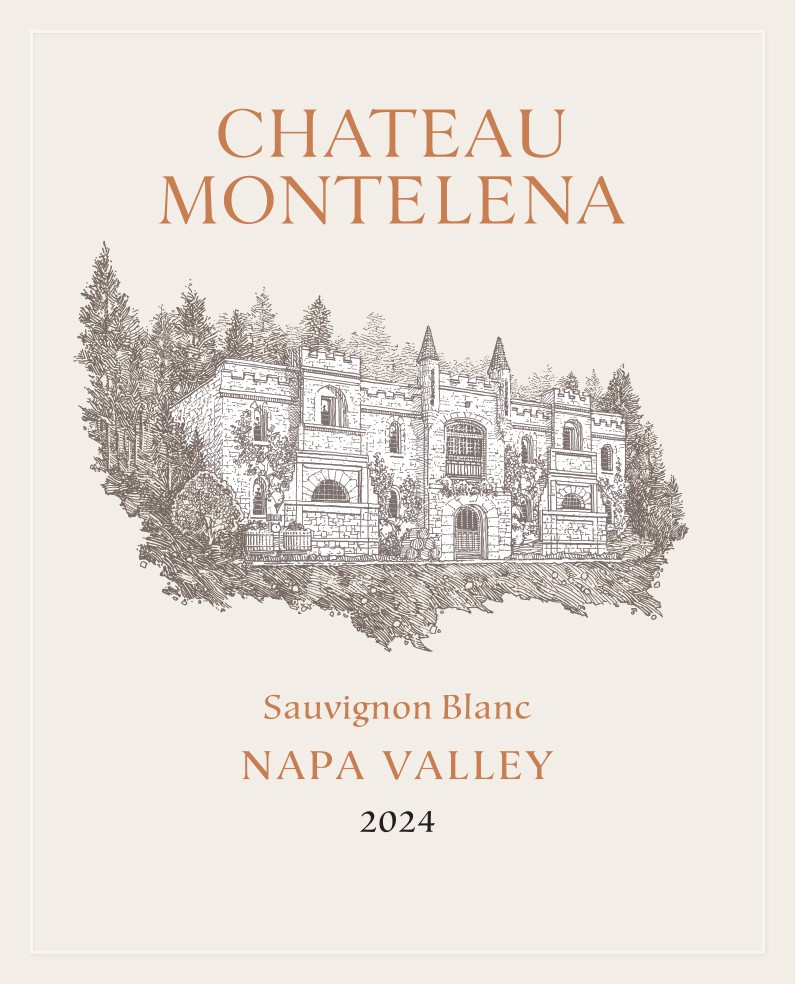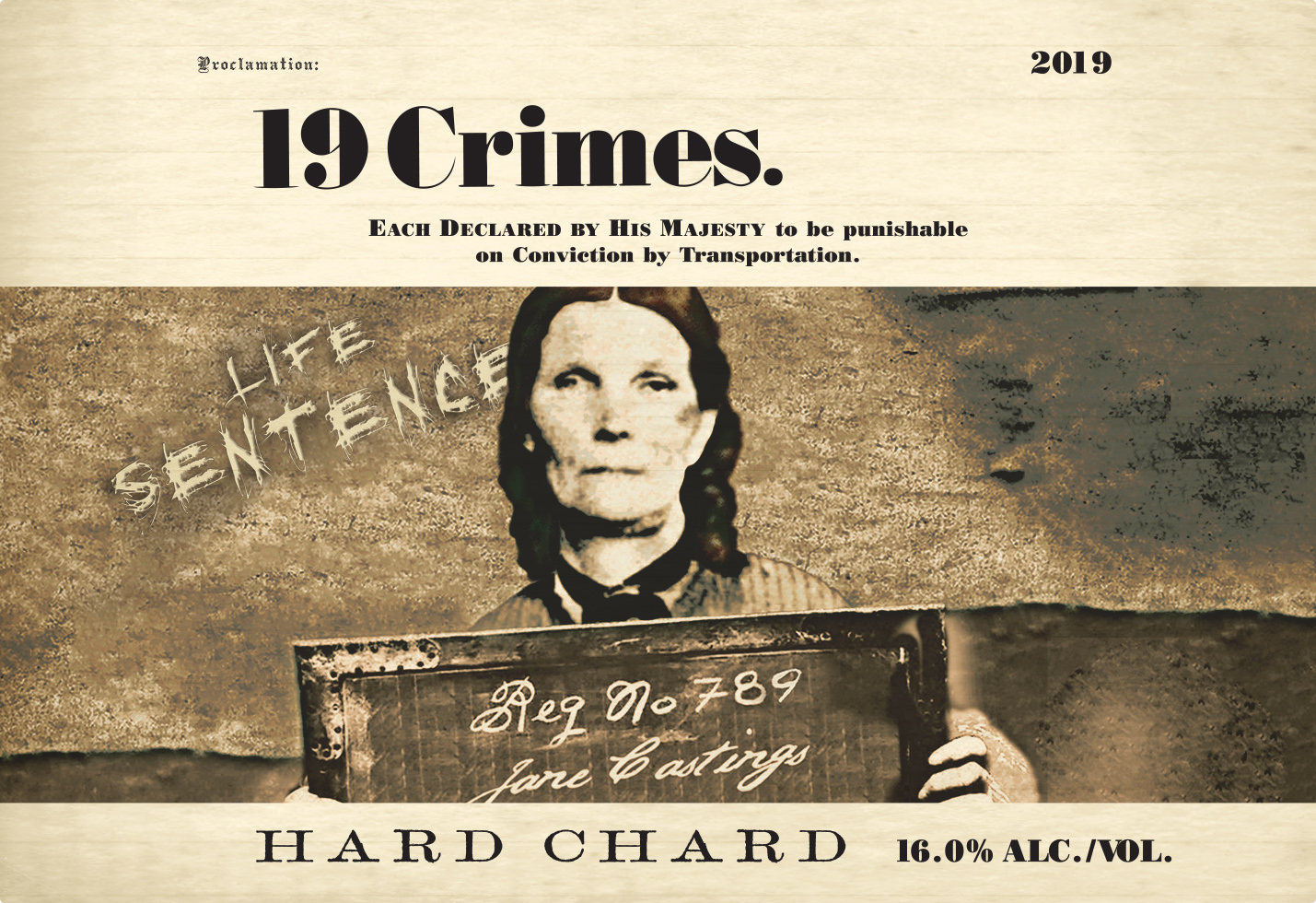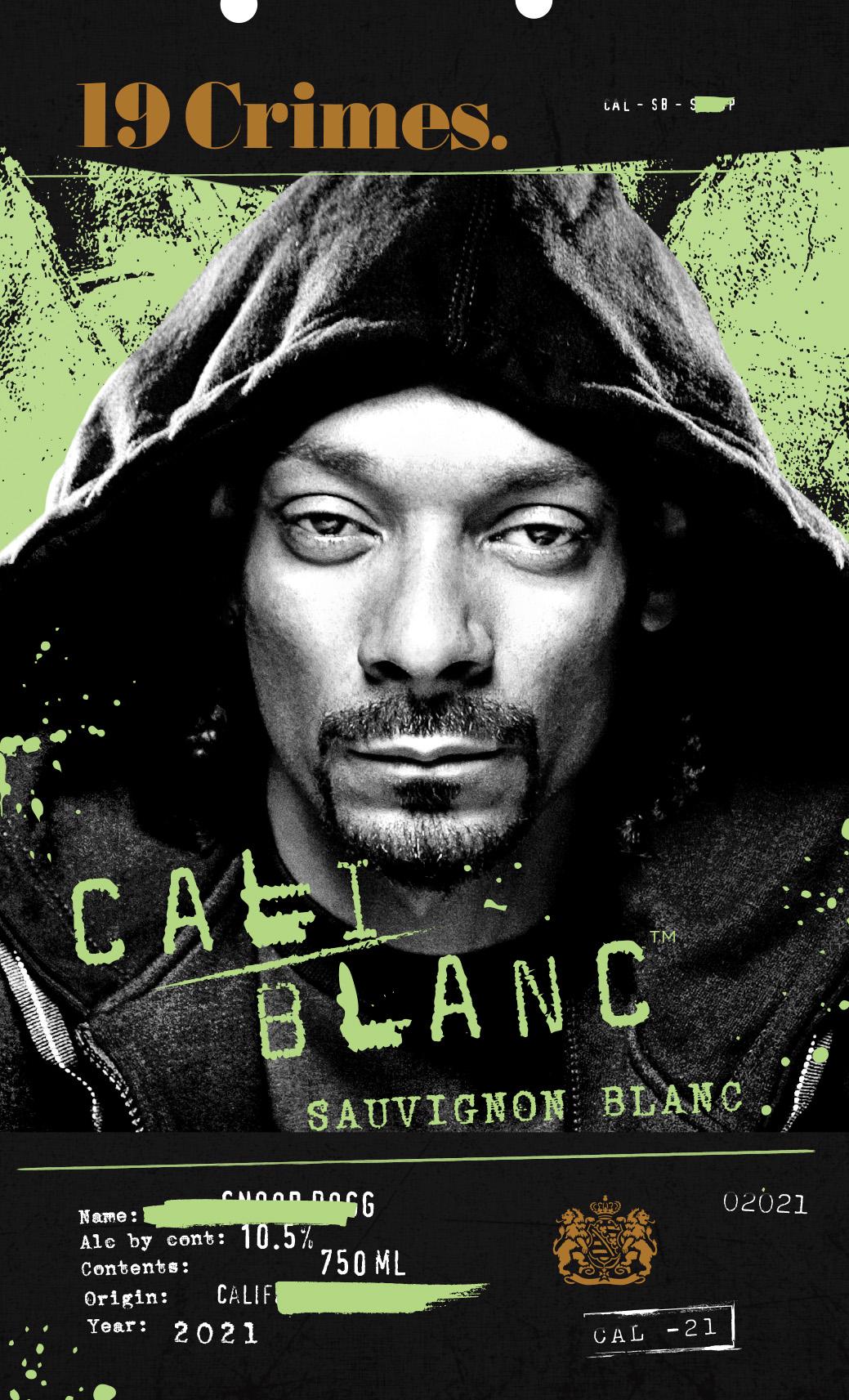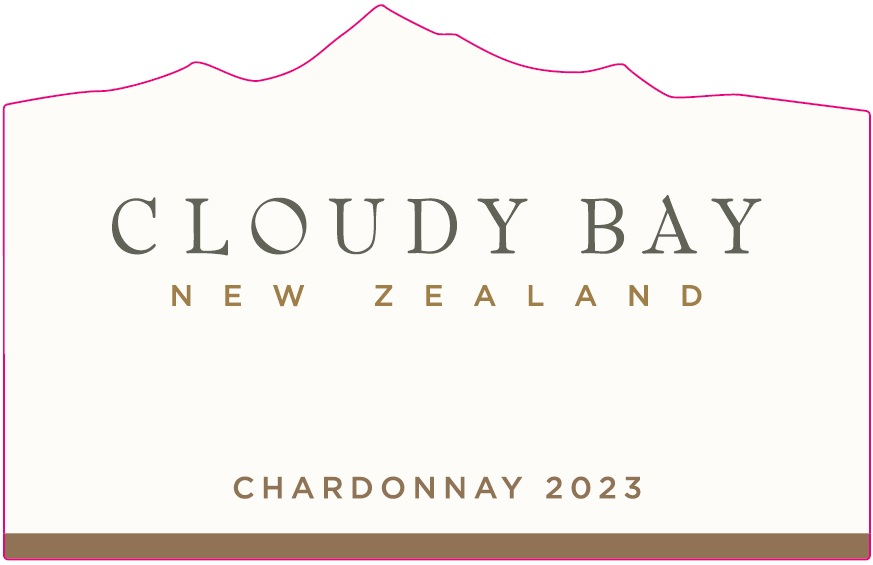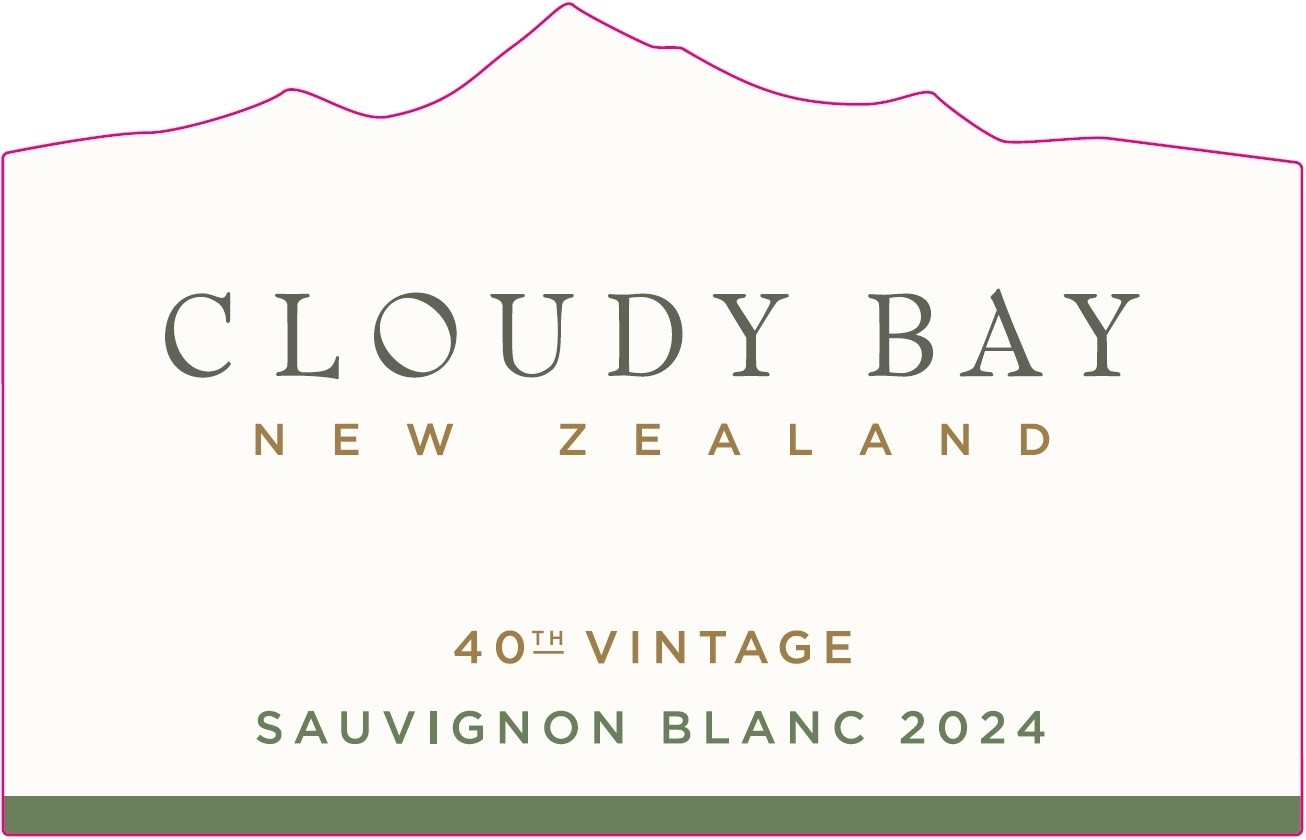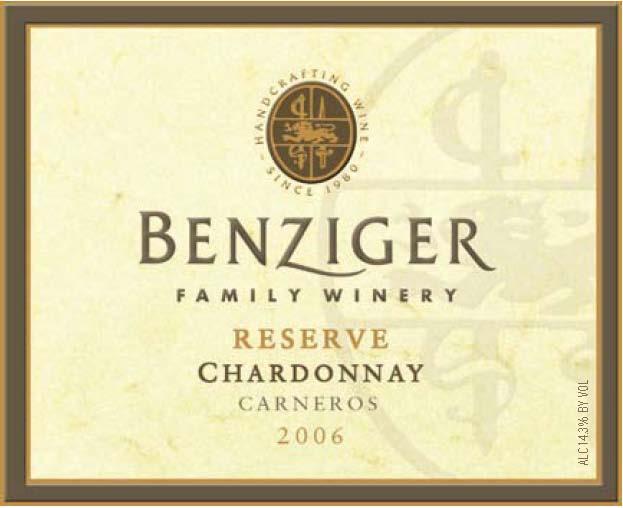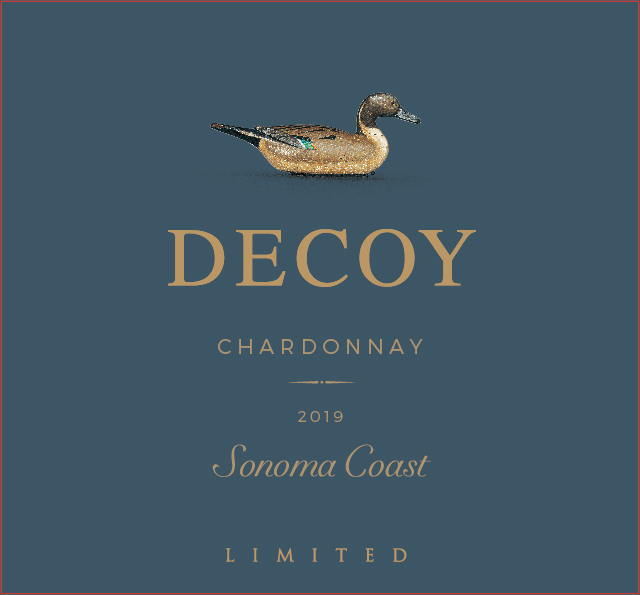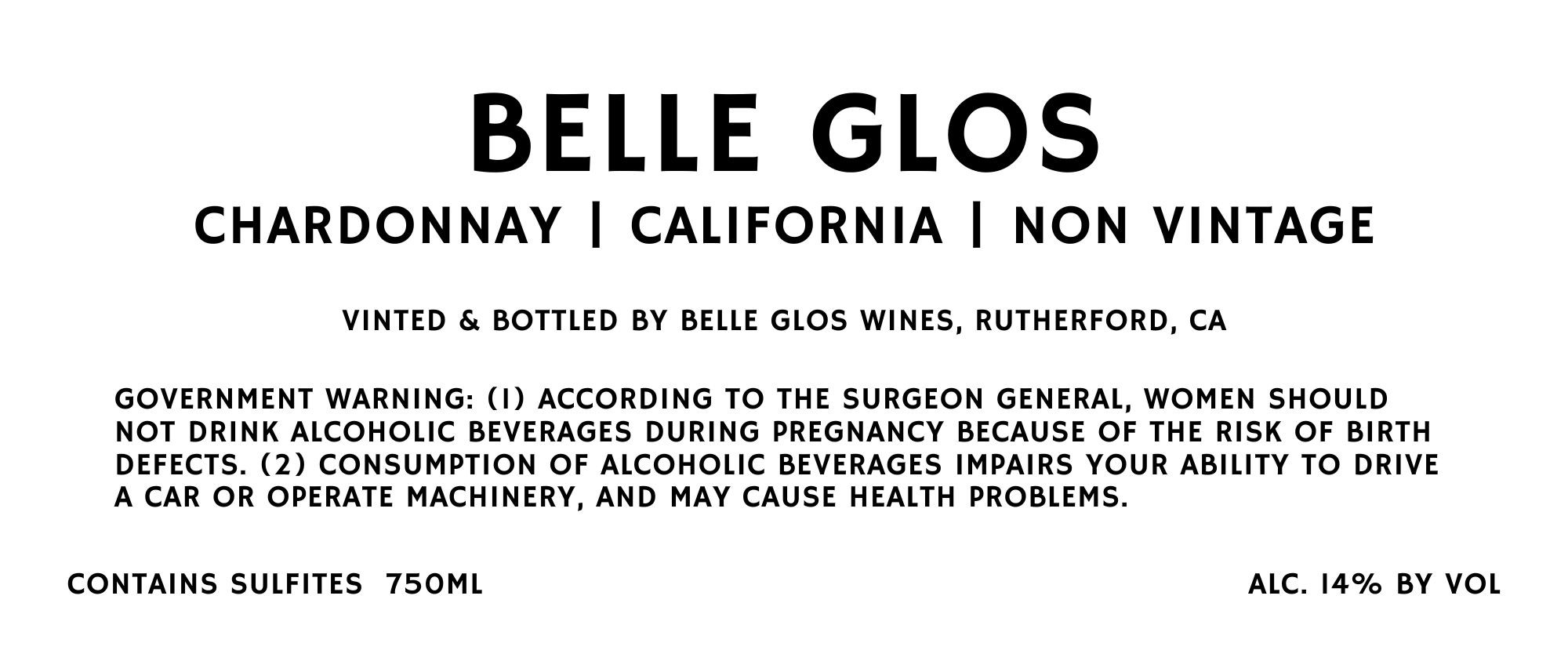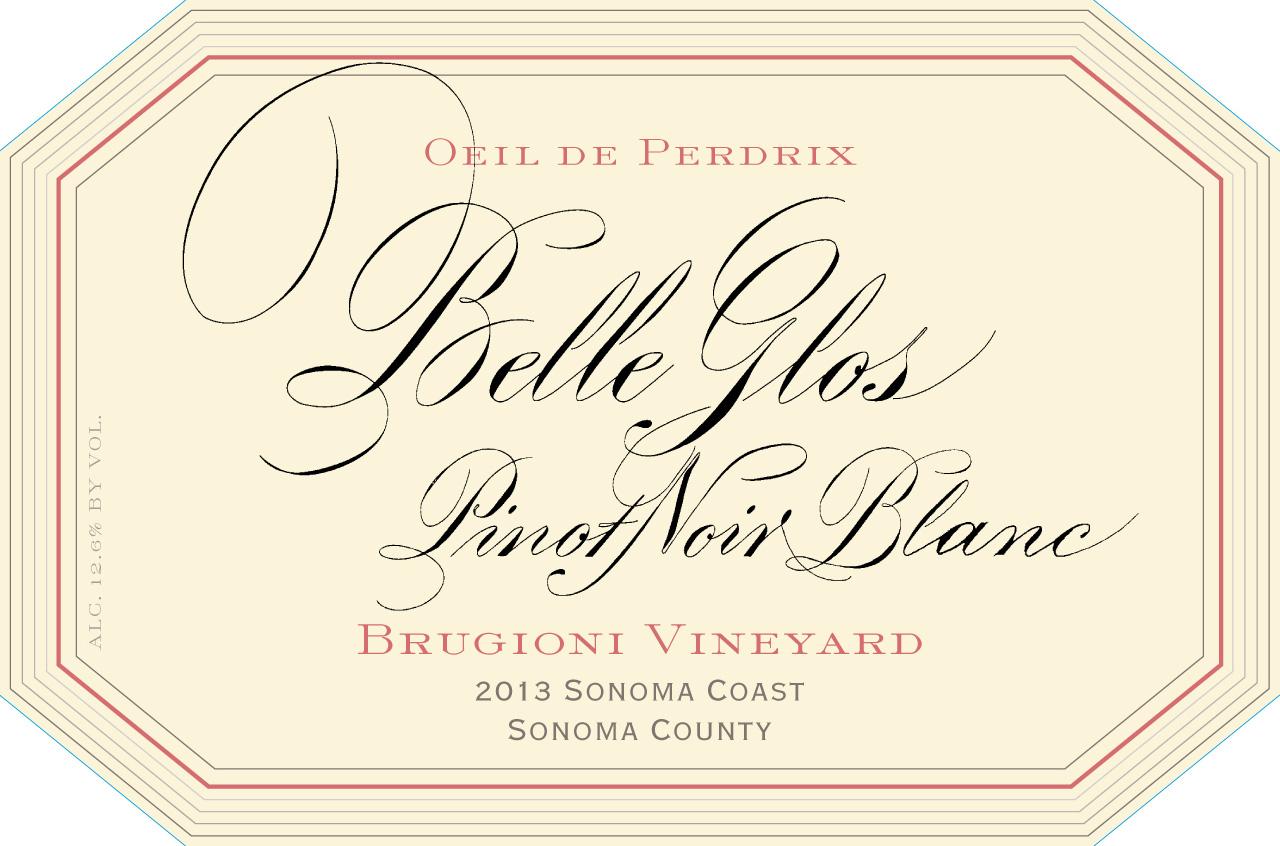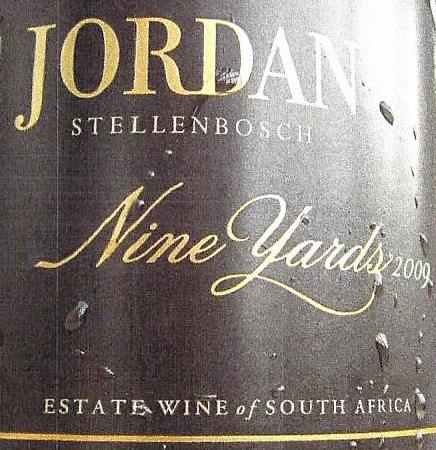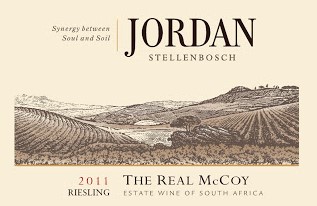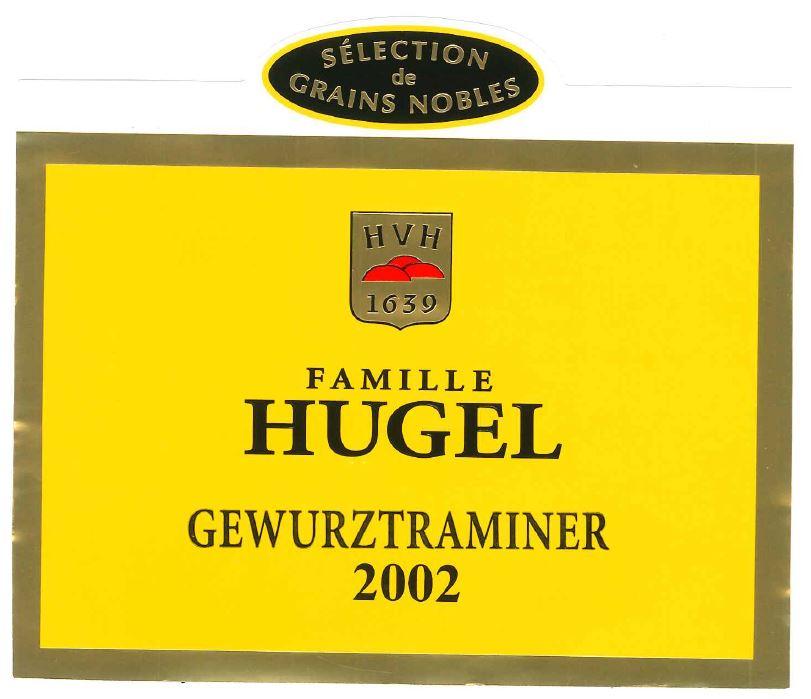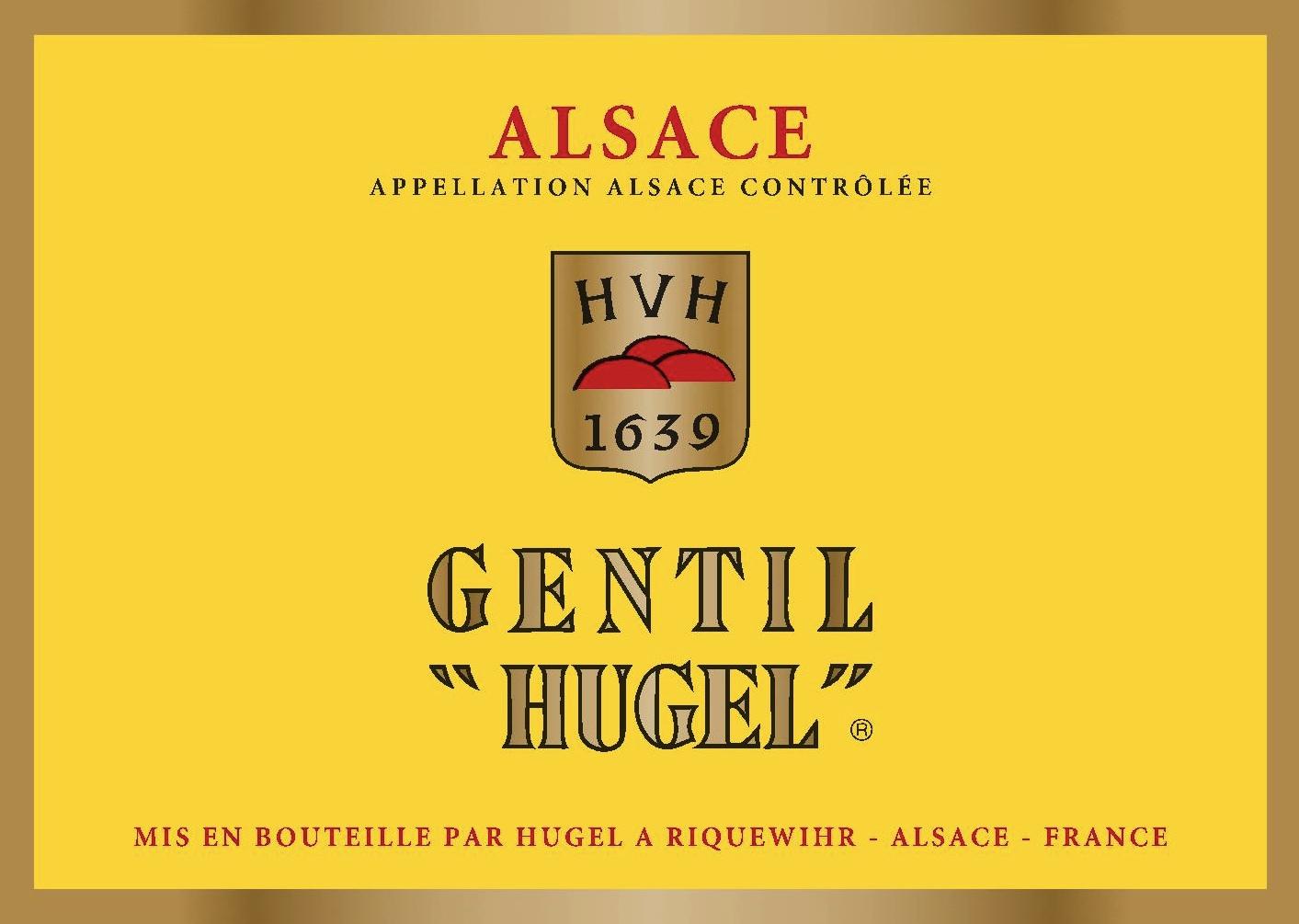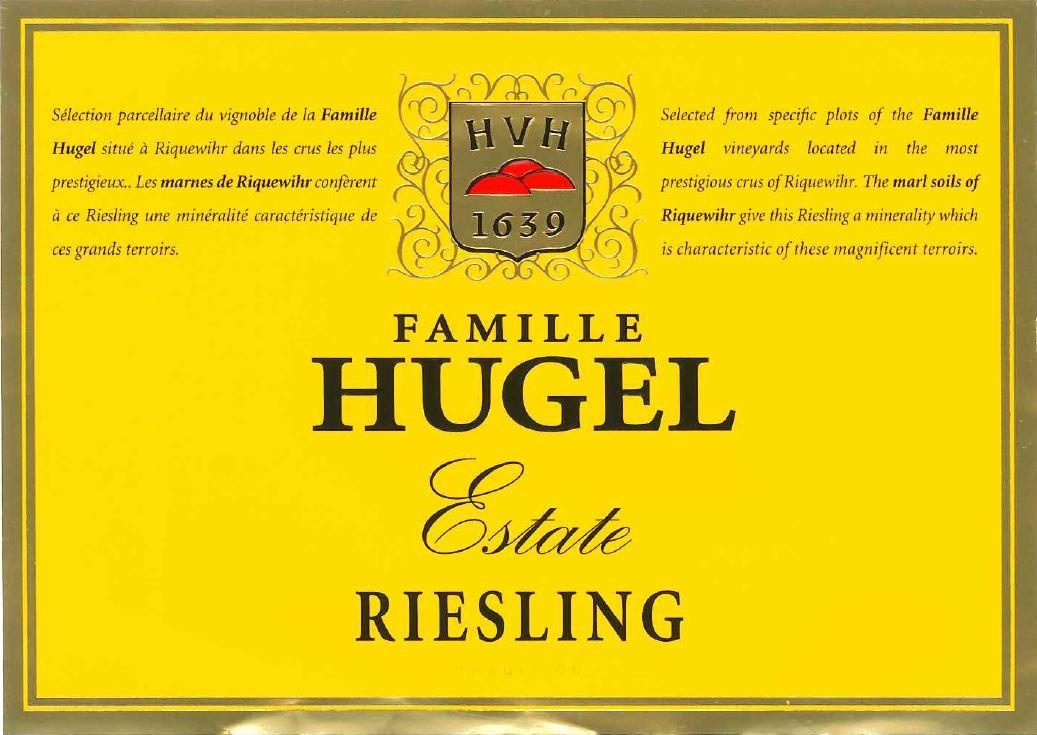Terroir of the Puget Sound AVA
Puget Sound's terroir and climate are influenced by its maritime setting and glacial past. The Pacific Ocean and nearby waterways keep temperatures mild, leading to wet winters and warm, dry summers with highs rarely above 90°F. Cool nights help grapes maintain acidity, key for the region's wine style.
Rainfall varies from 15 inches in rain-shadow areas to 60 inches near the Strait of Juan de Fuca, with most rain between October and April. This allows some vineyards to thrive without irrigation, unlike those east of the Cascades.
The soils, made of glacial till, outwash, and marine sediments, are well-drained, with gravelly sandy loams. Vineyards at low elevations enjoy maritime fog, while higher sites have cooler nights and occasional frost. A 160-day growing season favors early and mid-season grape varieties, creating wines with strong aromas, lively acidity, and moderate alcohol levels.
Notable Wineries in the Puget Sound AVA
The Puget Sound AVA, with its cool climate and unique coastal terroir, is home to several notable wineries that exemplify the region's distinct style:
-
Bainbridge Vineyards: Situated on Bainbridge Island, this winery is celebrated for its cool-climate varietals like Pinot Noir and Siegerrebe, capturing the essence of the region.
-
Lopez Island Vineyards: Nestled in San Juan County, this vineyard specializes in island-grown white wines, including Siegerrebe and Madeleine Angevine, offering a true taste of the islands.
-
Port Townsend Vineyards: Located in Jefferson County, this winery produces refined whites and delicate Pinot Noir, benefiting from the maritime climate along the Olympic Peninsula.
Additionally, many small, family-owned wineries on Whidbey Island and in Skagit and Whatcom counties highlight the area's coastal influences, providing warm and welcoming tasting-room experiences.
Sustainable Winemaking in the Puget Sound AVA
In Puget Sound, wine producers are deeply committed to sustainability, tailoring their practices to the region's unique climate and soil. The area sees most of its rainfall outside the growing season, allowing some vineyards to practice dry farming, significantly reducing irrigation needs. To prevent erosion and enrich sandy loam soils, cover crops and natural mulches are widely used. The mild, wet climate poses challenges like mildew, leading growers to adopt integrated pest management and select disease-resistant grape varieties, minimizing chemical usage.
Many wineries participate in sustainability certifications such as Salmon-Safe and LIVE, focusing on protecting waterways and reducing environmental impact. Increasingly, producers are also incorporating renewable energy sources and using lighter, recyclable packaging. These collective efforts aim to produce high-quality wines while preserving the region's natural resources.
Wine Tourism in the Puget Sound AVA
Puget Sound's wine region offers a rich tapestry for wine tourism, blending natural beauty with a vibrant wine culture. This area is renowned for its scenic island-hopping routes and coastal charm, providing an ideal backdrop for exploring diverse wines. Visitors can embark on picturesque drives or ferry trips to visit numerous tasting rooms nestled in island and coastal settings.
Seasonal events enhance the experience, showcasing local winemakers through wine walks, vineyard tours, and harvest celebrations. The region's proximity to Seattle allows easy access to urban wine events, further highlighting Puget Sound's unique flavors. With a focus on sustainability and local produce pairings, these wine adventures offer both an enjoyable and eco-conscious journey.
From Bainbridge Island to the Olympic Peninsula, the region's wineries are committed to preserving the distinctive maritime terroir, offering a taste of the Pacific Northwest's character and craftsmanship.



